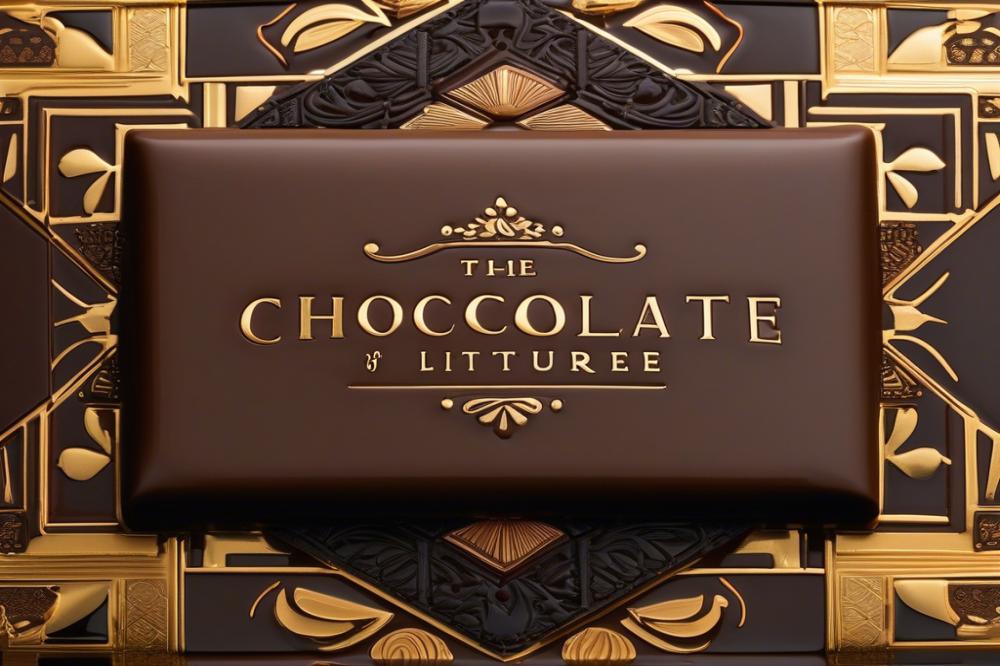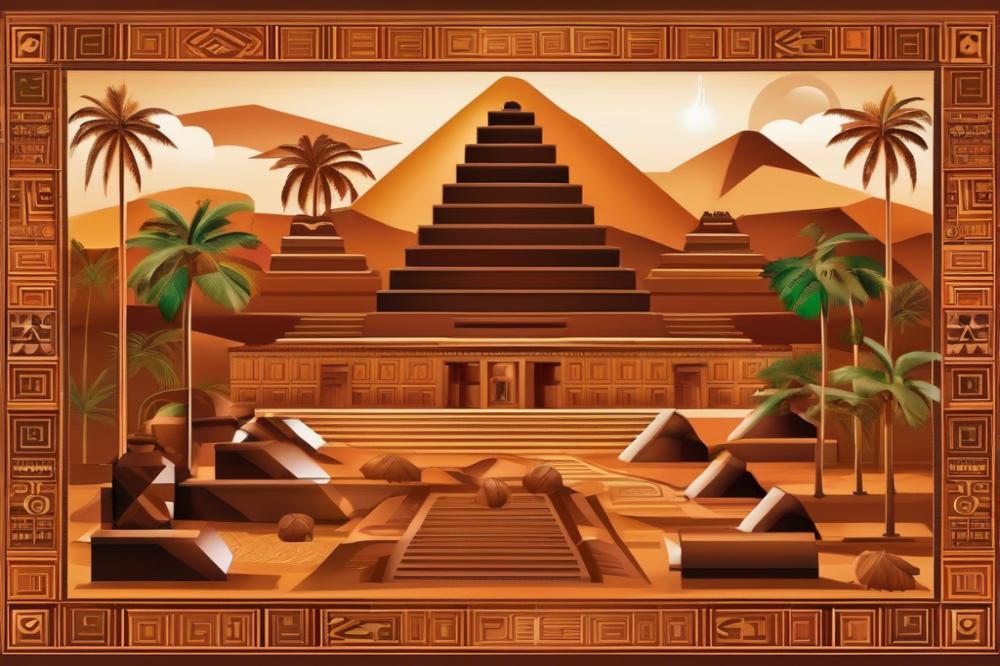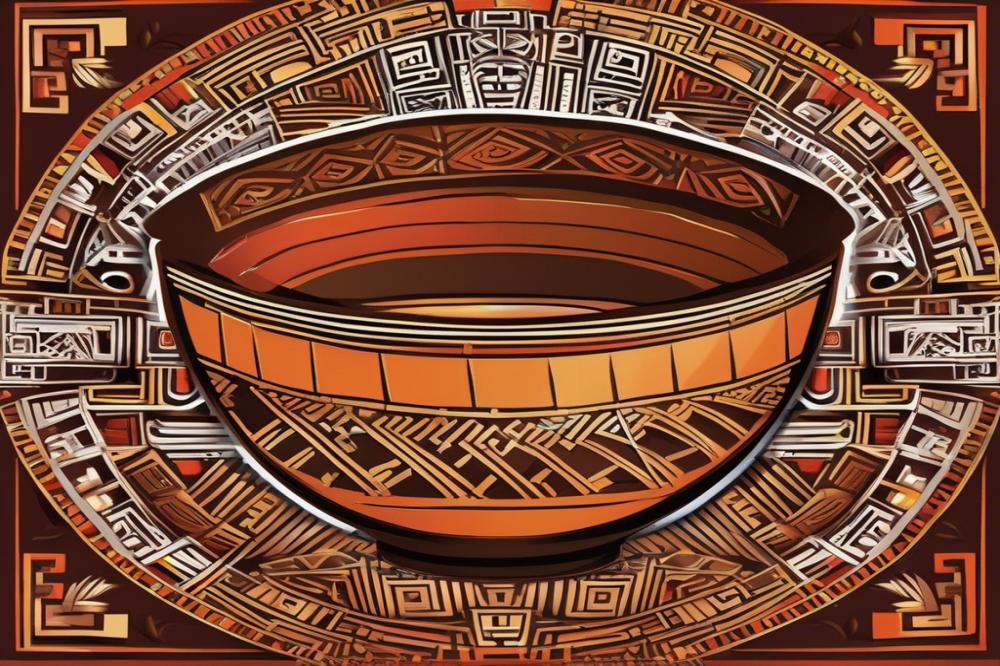Introduction
history-of-white-chocolate-origins-and-controversies”>chocolate has a rich and fascinating history, symbolizing luxury and indulgence for centuries. Originating in Mesoamerica, this delectable treat found its way into European culture, evolving from a bitter drink to a beloved dessert. Its journey reflects broader themes of trade, colonization, and shared cultural practices.
Throughout the ages, chocolate has held a significant place in art and literature. Artists have captured its essence in vibrant paintings, while poets and novelists have woven its charm into their storytelling. This delicious ingredient isn’t just about taste; it serves as a metaphor for love, passion, and even desire. The mood it creates sparks creativity and inspires artists to express their deepest thoughts.
The purpose of this article is to explore the historical significance of chocolate in various forms of creative expression. Readers will discover how it has influenced culinary art, inspired works from different periods, and fostered a unique cultural appreciation. By examining its symbolism and representation, one can better understand the connections between chocolate, art, and literature. So, let’s embark on this delectable journey together!
The Origins of Chocolate in Mesoamerica
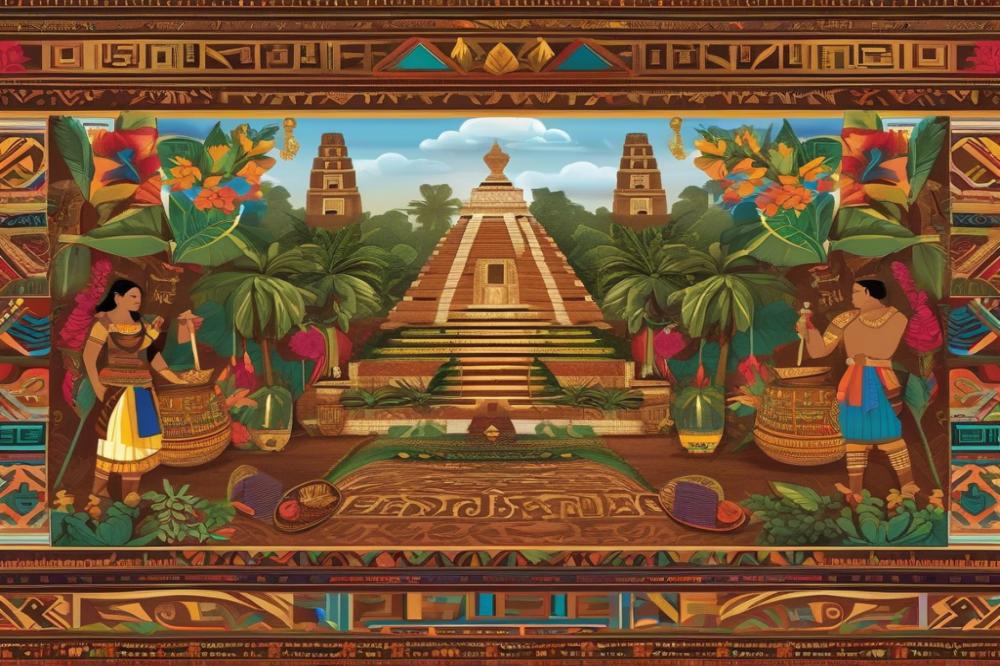
Cacao has a rich history that dates back thousands of years in ancient Mesoamerican civilizations. The Olmecs were likely the first people to cultivate cacao around 1500 BC. They cherished it for its stimulating properties. The Mayans later adopted cacao, creating a drink that became a part of their daily life and rituals.
In Mayan culture, this precious bean held significant value. It was often linked to the gods and used in various ceremonies. Wealthy individuals or leaders drank it from ornate vessels, showcasing their status. The beverage played a role in social gatherings and was a popular choice during celebrations.
The Aztecs further elevated the importance of cacao. They referred to it as a sacred gift from Quetzalcoatl, their feathered serpent god. Serving cacao during rituals highlighted its deep-rooted cultural symbolism. It was used as a form of currency and was collected as tribute from conquered peoples.
Such reverence did not stop with daily life. The use of cacao extended into the realm of art, literature, and ritualistic practices. Paintings from this era depict gods drinking the sacred beverage. Poetry often celebrated the sweetness and richness of life, with cacao featured prominently.
In society, cacao represented abundance and fertility. It was believed to possess the power to enthrall and inspire. The drink itself became a centerpiece at ceremonies, symbolizing life’s best offerings. Distinctive recipes emerged, reflecting the creativity of culinary art in this ancient culture.
With the arrival of Europeans in the 16th century, the influence of cacao grew even more. They were intrigued by its rich flavor and the significance it held for Mesoamerican societies. What started as a revered cultural element transformed into decadent desserts and lavish drinks in European cafés. Novels and works of art began to include cacao, illustrating its evolution from sacred to indulgent.
This fascinating journey shows how deeply intertwined cacao is with history and culture. Its journey from Mesoamerica to modern-day chocolate reflects not only a change in taste but also the enduring symbolism and societal roles cacao has taken on through centuries. The legacy of cacao continues to inspire and tantalize our senses, connecting us to the vibrant past.
Chocolate in European Culture and Influence
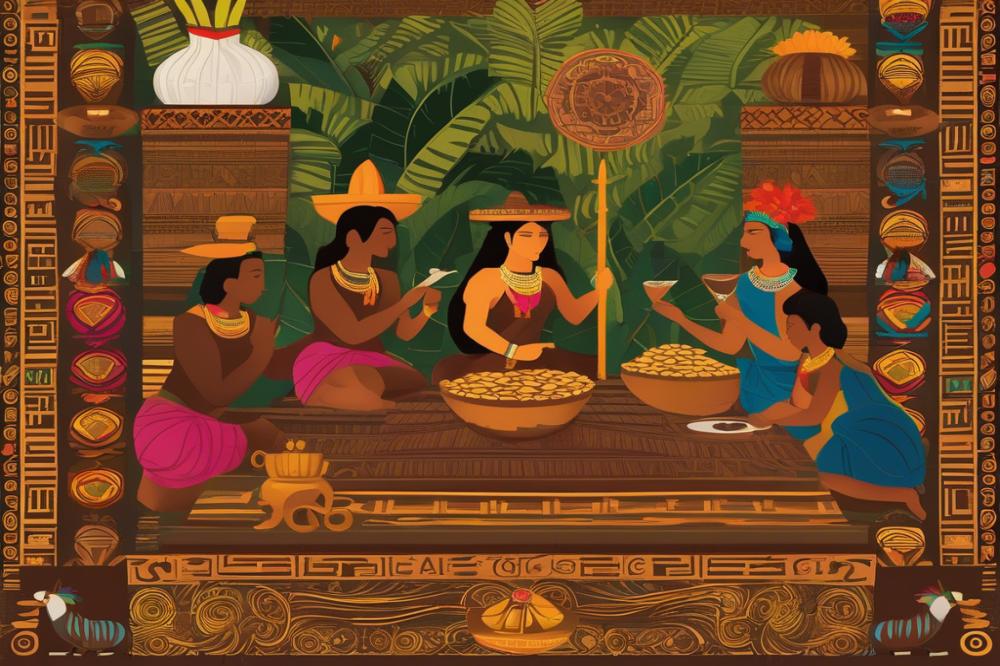
The introduction of chocolate to Europe occurred in the 16th century. Explorers brought it back from Mesoamerica, where it had deep roots in local culture and tradition. Initially, this product was served as a bitter drink, flavored with spices like chili and vanilla. Europeans quickly recognized its potential, sparking curiosity and admiration throughout the continent.
Transforming from a simple beverage, this ingredient became a sought-after delicacy. The elite began experimenting, adding sugar to enhance its flavor. By the 17th century, chocolatiers began crafting luxurious drinks in lavish settings. This shift marked a significant moment in social gatherings, turning chocolate into a symbol of wealth and sophistication.
European culinary art played a vital role in developing exquisite desserts and pastries that featured this ingredient. Chefs experimented with textures and combinations, leading to treats that delighted the senses. Cakes, truffles, and various confections emerged as beloved staples in both homes and patisseries. This creative evolution demonstrated how food could embody history and culture.
The influence of chocolate on paintings, poetry, and novels also reflects its importance in society. Artworks from the period often depicted scenes of indulgence and luxury, showcasing the drink in elite settings. Writers explored themes of desire, love, and exoticism, using chocolate as a metaphor for passion and temptation. The rich imagery made it a subject of fascination.
Through time, chocolate has woven itself into the fabric of European culture. Each creation tells a story, revealing how tastes and styles changed. This journey highlights the powerful connection between food, art, and identity. The impact of these chocolate-infused innovations continues to inspire culinary creativity today.
Symbolism of Chocolate in Art

Chocolate has a rich history that stretches from the ancient world to modern times. As a theme in paintings, it often carries deep meanings. Various artists have used chocolate to represent indulgence, wealth, or desire.
Take, for instance, famous artworks featuring this sweet delicacy. Artists from the Renaissance to Baroque periods included it in still lifes and portraiture. These pieces often depict rich desserts, symbolizing abundance and pleasure.
In Europe, the influence of chocolate began in Mesoamerica, where it was a sacred drink. When it arrived on European shores, it evolved. It no longer just served religious purposes but transformed into a symbol of status and luxury.
Exploring Paintings and Their Meanings
When viewing paintings, it’s essential to understand what the artist intended. Chocolate in these works might illustrate societal norms or personal desires. Artists used their craft to comment on culture, questioning what this luxurious item meant for society.
In visual culture, this theme springs up in various forms. Some representations are playful, highlighting the fun side of desserts. Others are more serious, reflecting on indulgence and excess.
The Role of Literature
Overall, the portrayal of chocolate can be multifaceted, reflecting the complexities of human experiences. The relationship between culinary art and societal values shines through every brushstroke and written word. This delicious theme continues to capture the imagination across all forms of creative expression.
Chocolate in Literature
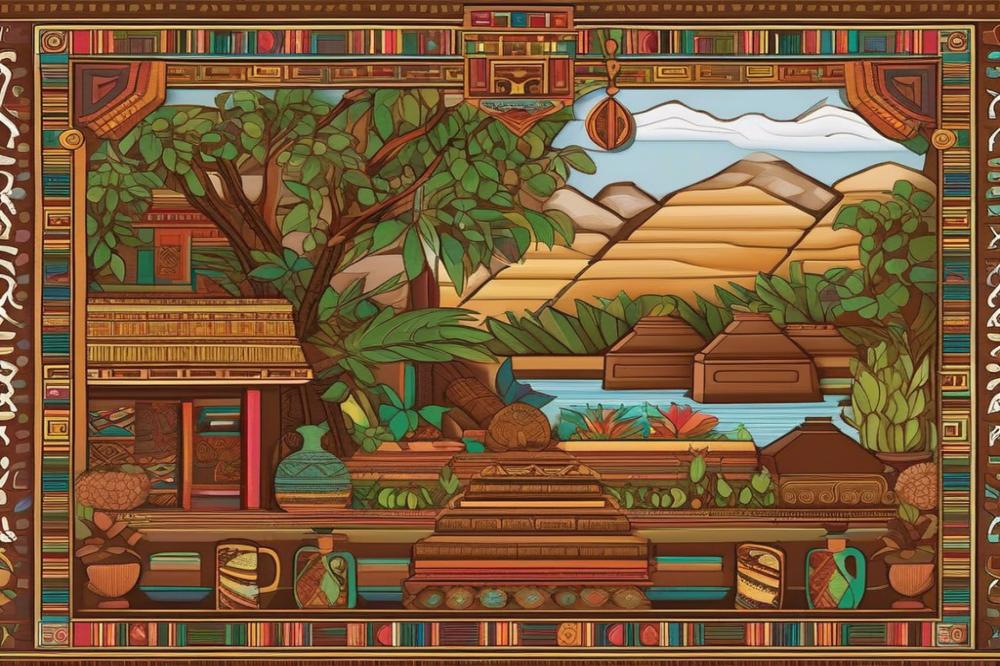
Throughout history, chocolate has found its way into poetry and novels, casting a spell on writers and readers alike. In Mesoamerica, this delightful treat was more than just a food; it served as a symbol of luxury and social status. Early poets and authors often used it to express sweetness, desire, and even indulgence. This rich history intertwines beautifully with the evolution of its symbolism in literature.
The representation of this delicacy has changed over time. Initially considered a drink for the elite, it transitioned into a beloved dessert for everyone. In literature, it showcases both pleasure and temptation. Writers began to link chocolate with romance and intimacy, creating a mix of feelings surrounding its consumption. While some works celebrate its joy, others explore themes of excess and greed.
Notable authors have dived into the world of chocolate in various ways. For example, Roald Dahl famously featured it in “Charlie and the Chocolate Factory.” His whimsical approach brought joy to readers, making the treat a staple in children’s literature. Moreover, poets have long crafted stanzas about their love for desserts and the tiny pleasures of life.
As time went on, the influence of European culture transformed chocolate into a global phenomenon. Writers captured the experience of enjoying this culinary art. Paintings depicting chocolate feasts reflect society’s love for the sweet treat. Today, chocolate serves as a metaphor in various literary genres. From romance to drama, it retains its place as a symbol of desire and luxury, making it a versatile subject.
In essence, the journey through literature reveals how deeply ingrained it has become in stories and poems. From the rich symbolism in verse to its impact on character development in novels, it continues to thrive. So, whether you savor it in a book or appreciate its historical context, chocolate’s literary legacy endures, delighting audiences across generations.
Culinary Art and Chocolate
The evolution of desserts has a fascinating story. It begins in Mesoamerica, where cacao beans were cherished. This early version was far from sweet; it was often bitter, used in rituals and ceremonies. Over time, Europeans discovered this unique ingredient, transforming it into sweet confections. Sugar, milk, and other flavors entered the blend, leading to delightful creations.
Cultural exchanges played a vital role in shaping recipes. Each region contributed its twist. In France, chocolate became a centerpiece of luxurious pastries, while Italy created tempting tiramisu. Spanish chefs added spices, creating a rich, flavorful drink enjoyed by nobility. Each culture’s touch enriched culinary art, allowing chocolate to flourish in various forms.
Modern Artistic Expressions
Today, artistry and dessert-making go hand in hand. Chefs create stunning plates that look like paintings. They sculpt chocolate into intricate shapes, combining taste with visual appeal. The idea is not just to satisfy hunger but also to evoke feelings of joy and wonder.
In addition to presentations, poetry and novels often celebrate this beloved treat. Writers frequently use chocolate as a powerful symbol. It represents love, indulgence, and even connection among characters. This culinary art reflects the history and culture intertwined within its rich tradition.
Contemporary desserts showcase creativity and innovation. Chefs experiment with flavors and styles, pushing the boundaries of what can be done. Flavors range from classic to unexpected combinations. Not only does this attract attention, but it also elevates the dessert into a remarkable experience.
Final Thoughts
The journey of chocolate through history in art and literature has been rich and flavorful. This beloved treat has often served as a symbol of pleasure, luxury, and even romance in various creative works. Artists and writers alike have found inspiration in its rich brown color and delightful taste, weaving it into stories that speak to emotions and desires. From ancient civilizations celebrating cacao to modern expressions in visual art, the impact remains profound.
Legacy exists in how cultures celebrate this sweet delight. Many traditions revolve around chocolate, connecting generations and communities together. Events such as festivals, rituals, and even family gatherings often feature it as a highlight. This connection amplifies its importance, resonating with people’s hearts and lining the shelves of history books.
As we look toward the future, one can’t help but wonder how its representation will evolve. New forms of media and innovative storytelling methods are likely to showcase it in unexpected ways. With ongoing creative expressions, fresh perspectives can breathe life into what we know. So, while we reflect on the past, let’s also embrace the new narratives that are sure to come. The story of this delightful treat in art and literature is ongoing, ensuring that it remains culturally significant for years to come.

